April 1, 2000
By Dr. Eileen Jackson
This post has been moved from its original location at PeerSpirit.com and archived here, so you can continue to access it.
Each month we share with you a story of how circle is being used effectively in a variety of settings. Our goal is to help people offer "council" in mainstream settings. This month’s story is written by Dr. Eileen Jackson, a professor at University of North Carolina at Greensboro. Thank you, Eileen.
Recently, I taught a seminar on Gender and Sexuality at a local college. On the first day, I hiked up four flights of stairs and faced twenty-three students for the first time -- all women, ranging from sophomores to seniors, with differing views of feminism -- mostly negative. Later I learned most the young women had signed up thinking men would be there, that it would be an easy grade, and because they were interested in women and family issues. They were astonished to be in an entirely female class with a female professor.
The moveable chairs were in set in the usual rows. I introduced myself and announced that this would be the only time we would be sitting in rows. Some shy students appeared intimidated by the circle format and the prospect of a semester of discussion, however, they later wrote in their class journals that they were excited about the challenge. I asked them bring in a written intention for this class and a symbol to put in the center of the classroom to represent themselves.
For the next class, I brought a brightly colored cloth, picked a daffodil, and borrowed an end table from the sociology department. From this I made our first center. The chairs were still in rows which I moved as a few early students sat watching. We were all a bit uncomfortable. As more students filed into class, they looked at the center and no one said a word. I introduced the circle format with a handout with all of the pertinent information -- agreements to create a safe space, role of the guardian, how councils would go. "A seminar is a co-creative process. Everyone is learning and practicing skills for fruitful dialogue. The purpose of this seminar is to provide a safe space in which you can as peers explore perspectives of the authors presented in the readings and share your understanding, your evaluation of the relevance of the material to contemporary life, and yours in particular. There are no experts. In the seminar, I, the teacher, will function as a facilitator, not a content expert."
I introduced the concept of "spirit" as collective group energy, like school spirit, directed at a common goal. In this case the goal was to help everyone to explore and understand gender, to honor each other's points of view, and to evaluate various opinions and perspectives. Each class, I set up the center. Each class we checked in, shared stories of the intervening days between class as they related to the topic, and discussed the readings. Stories about boyfriend troubles, a grandfather's remarriage, and a decision to call off a wedding were interwoven with the content provided by articles about colonial oppression of women, poverty and older women, and date rape. The articles were difficult and we worked in small groups to understand them, often proceeding paragraph by paragraph.
Once when the articles were about gays and lesbians students got into a heated, disruptive discussion and the guardian called time out. We took a break, focused again on the readings, and I was grateful that I had made the The Circle Way Pocket Guide a required early text. By this time, the students knew how to operate their own circle structure and the group guardian that day had made an appropriate and appreciated call.
I often went home troubled by the students' misconceptions about intimacy and sexuality, and haunted by their fears. I had lived through experiences that I believed would benefit them to know, but to share my story would mean slipping out of the role of the professor and into the role of woman. Because we were using the circle, there were times and ways I had the courage and context to share pieces of my personal knowledge. And my sharing invited them also into deeper sharing. Over time, the use of circle transformed a college class into a life-changing event.
When I asked them to write down what they learned from this class one student responded:
“I learned to stand my ground when I believe in something. I learned that I don't have to get married. I learned that finding myself is the most important factor in life. I learned what a really good professor is like. I learned how hard women have struggled. I learned how to speak out.”
I have had classes where one or two students seemed transformed in some way, but I have never had a class where all twenty-three students began to experience their own inner power and strength. Even today, I cannot read their journals without being deeply moved.
